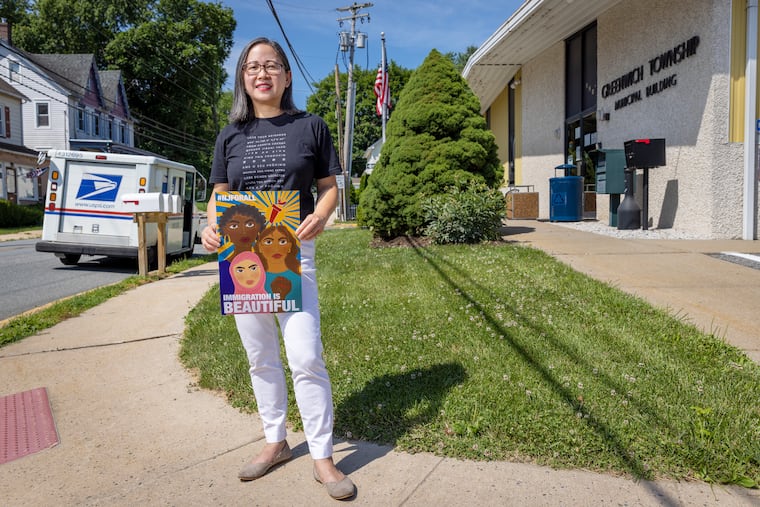A N.J. push to investigate health and education needs hidden within the term ‘Asian American’
New Jersey has a higher percentage of Asian-American residents than all but three states.

New Jersey has a higher percentage of Asian-American residents than all but three states.
